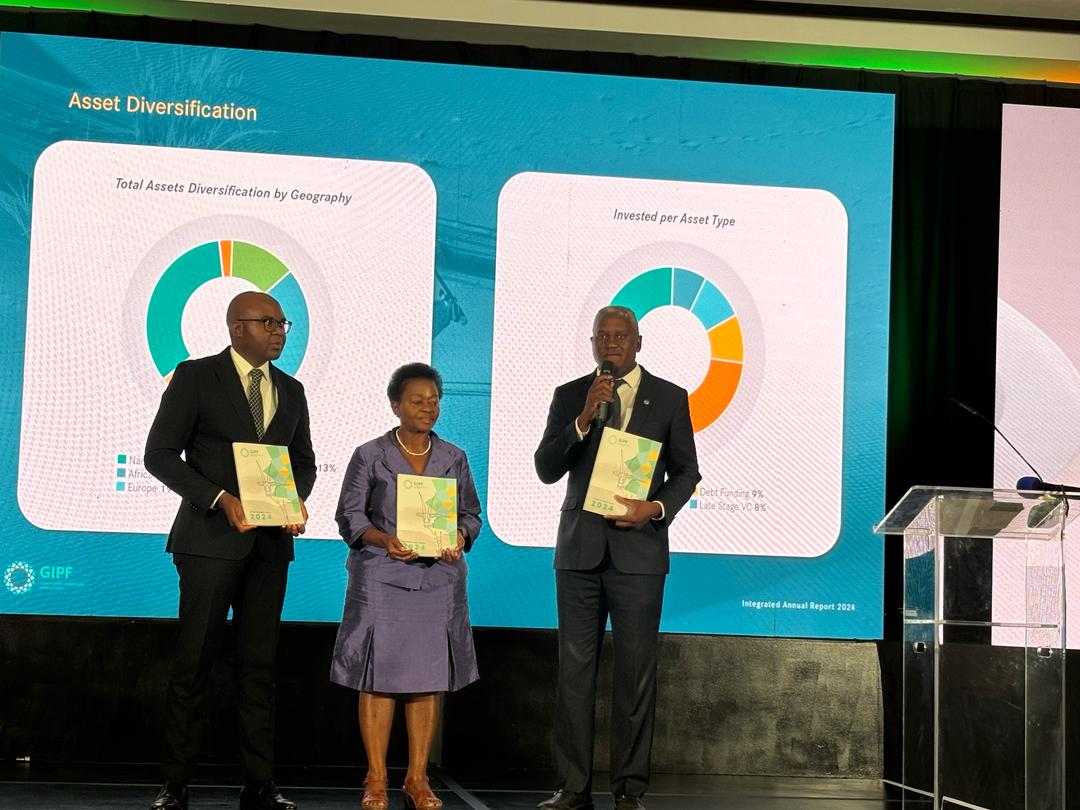MARGARETH GUSTAVOIN our last article, “Your Greatest Asset is not always found on your Balance Sheet” (find article on www.cornerstone.com.na) we’ve determined that managing your brand and reputation could mean driving profits and margins up, and thus brands and company reputations, need to be given due attention and managed more effectively for growth. If not managed, businesses risk loosing future income.
Therefore ‘Reputation’ and ‘Brand’ is important!
An article I read recently, pointed out, studies that suggest, intangible assets will soon constitute up to 80% of a company’s market value, which means the company’s reputation is a huge asset. If a company’s intangible assets, will determine the company’s value, then managing a company’s brand and reputation is also becoming increasingly important.
So let’s talk about brand and reputational risk….
David Abraham’s definition of brand risk got my attention. He defined brand risk as “threats to the sustainability of demand and to the brand’s continued capacity to create value, commitment or influence among its stakeholders”. Brilliant!
There were key phrases that stood out in this definition that should not be ignored, these include:
Sustainability of demand – every company is in business for growth and sustainable growth, at that. Thus, if there is no demand for a product, is there a business? Economics says – probably not. So sustainable demand is important to keeping the business in business, i.e. creating future value.
Capacity to create value – if a business is not structured in such a way to consistently offer value, it most probably will not attract customers, which in turn affects the company’s income and bottom line. A business that doesn’t have the capacity to continuously reinvent itself and create value for its client base (what they need and more), in comparison to competitors, is a stale business – that business risks loosing business to others that offer value. And most probably risks closing its doors.
Commitment or influence among stakeholders – human beings are creatures of inspiration. We are all prone to admire or look up to something or someone that inspires us. Normally, what we admire, influences us. We know that if brands live in our minds, then as businesses, it is important that brands remain relevant and committed to delivering on the promises it makes to its customers and stakeholders – because that basically creates the perception / reputation in stakeholder mind.
Abrahams, further said that brand risk is a “combination of reputation risk, structural risk and equity risk” and because “the brand and reputation” is on review in this article, we will focus on reputational risk and the importance of it.
Wikipedia defines reputational risk, as a risk of loss, resulting from damages to a firm’s reputation, this loss could be related to loss in revenue, increased operating, capital or regulatory costs; or destruction of shareholder value. And in my opinion if any of these are lost, we might have to close shop and if given a chance, start again.
I have come to realise through reading and experience that businesses need to take risk, if they want to reach any of their objectives. Taking risk is imperative to business growth and survival. Until recently, many companies are so focused on managing traditional risks, such as operational, strategy, compliance risks, which is not wrong, but as one of the leading audit firms put it, it is too focused on avoiding risk or minimising asset losses, and “exclusively focusing on an inside out view of circumstances” which is probably short sighted. What many companies are lagging behind in though, is the need to actively manage its reputation and associated risks, taking a look externally, putting actions or strategies in place to manage the perceptions and needs that ultimately affect the internal operations, strategy and compliance issues internally – if one can summarise it as such.
I believe that reputation is made up of two factors: firstly, the company’s vision and identity where the company wants to go to and who they are and secondly, it’s stakeholders and their perceptions (based on what the company has communicated or not). These two must be aligned through consistently delivering on “who we are” and “what we promise”. If the company delivers on who they are and what they promise, coupled with other factors, they will build themselves a good reputation. Having a good reputation differentiates and also builds reputational goodwill. The Reputation Institute reported studies show that company’s with high reputations are worth as much as 150% more than those with low reputations. This shows reputation builds value and goodwill.
A good reputation is advisable as it has a clear link to success but the opposite is also true.
To illustrate the effects of reputational damage, let’s take a recent example of a manufacturer and distributor of computer hardware and software, in South Africa. This company is currently facing reputational damage. According to Reuters (26 March 2014), it is alleged that an executive in the company offered a senior SAPS official a bribe of five million rand to influence the award of a tender in their favour. This story hit the papers and on 26 March Reuters reported this company’s shares to have fallen by as much as 31%, reporting a share price of R15 (on 25/03/14) after drop. I did a quick calculation, and it shows the share price must have been somewhere in the range of R19.65, before. Whether the allegations are true or not, is not in question right now, what is evident is the fact that a negative incident involving a director of the company, created a dent in their reputation, leading to business losses and destruction of shareholder value. This example proves the need for reputational risk management.
Warren Buffet also warned saying, “It takes 20 years to build a reputation and five minutes to ruin it. If you think about that, you’ll do things differently”.
We should do things differently to avoid serious business consequences. One key component that can be advised is to align stakeholder (internal and external) perceptions with the company’s value proposition. This can be done through intentional stakeholder engagement programmes to build and influence relationships, to have a good reputation and build reputational goodwill.
Emily Oxenford from ASA Institute for Risk and Innovation, also urges for the “effective management of risks to reputation requires for organisations to prepare and plan for the events and incidents that risk damage to their reputations, through clear and consistent communication, training, leadership, and planning, organisations can better prepare and survive the reputational tests that every organisation faces”
It cannot be “airy fairy” as King III recommends for business to apply “Good Governance” principles. Chapter 8 of King III speaks on engaging stakeholders for sustainability, which should give corporates impetus to implement.
Our next article will focus on how stakeholder engagement programmes can help your business build a good reputation and will provide tools on how to engage stakeholders and how to best communicate with them.
*Margareth Gustavo is the Managing Director of Cornerstone Joe Public Consultants (Pty) Ltd.
Stay informed with The Namibian – your source for credible journalism. Get in-depth reporting and opinions for
only N$85 a month. Invest in journalism, invest in democracy –
Subscribe Now!










